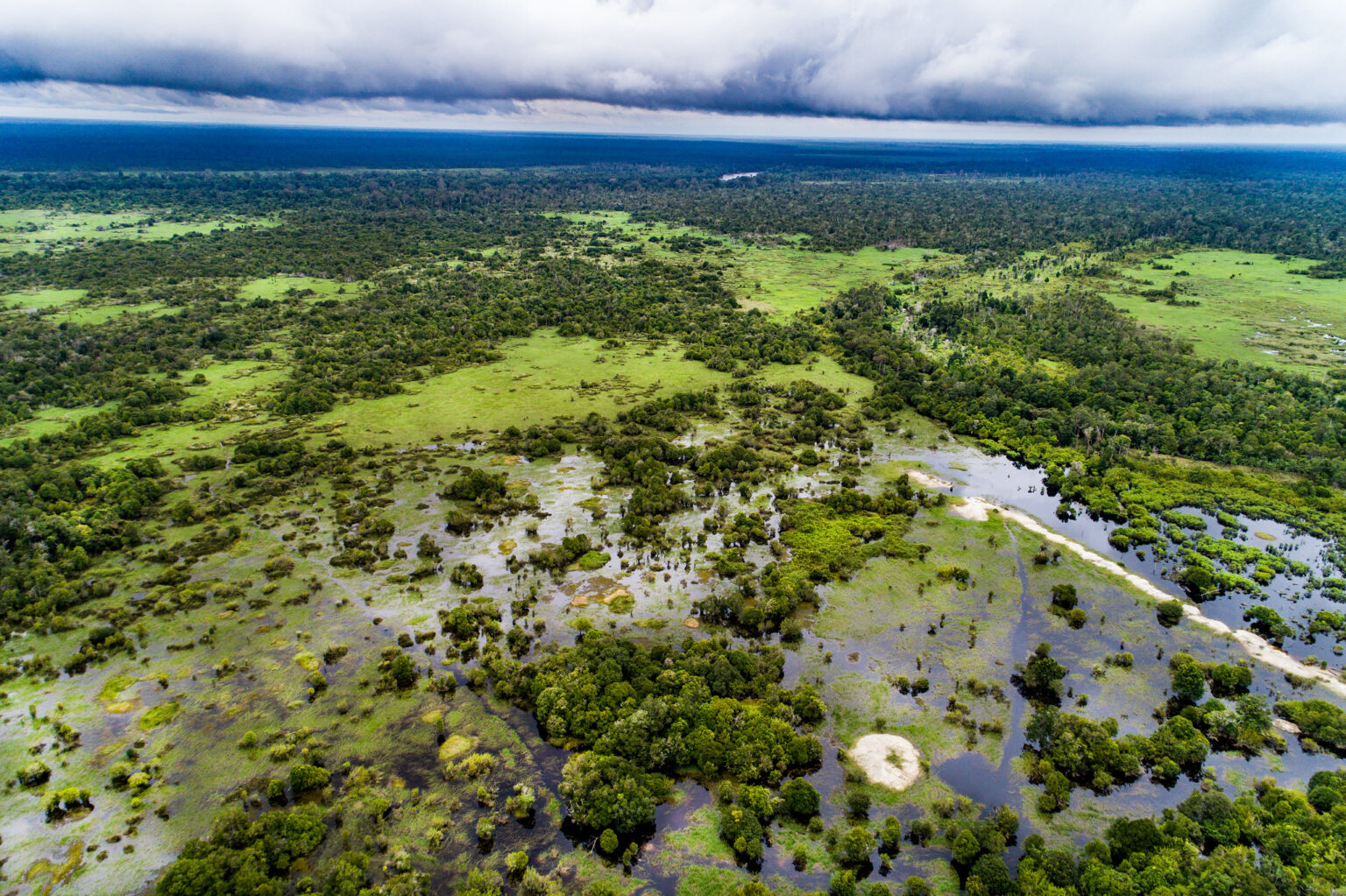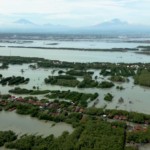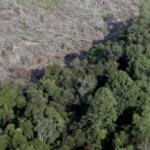Present in more than 180 countries, peatlands are vital, super-powered ecosystems. Though they cover only 3 per cent of the world’s land, they store nearly 30 per cent of its soil carbon. They provide vital services such as controlling water supplies and preventing floods and droughts and provide many people with food and fuel. They also house rare plants and animals that can only survive in these unique, watery environments.
Despite their importance, peatlands around the world are being drained and converted for agriculture, infrastructure development, mining and oil and gas exploration. Peatlands are also being degraded by fire, overgrazing, nitrogen pollution and extraction of peat as fuel and as a growing medium. Despite covering only 0.4 per cent of the global land surface, drained peatlands are responsible for more than 5 per cent of our carbon emissions, and much more when they are burning.
Meeting the goal of keeping the global average temperature increase below 2˚C requires urgent action to hold peatland carbon where it is – wet, and in the ground. At the same time, we must re-wet and restore many already drained and degraded peatlands to halt their greenhouse gas emissions and protect the other benefits they provide. Peatlands protection and restoration can be a low-cost, low-tech and high impact nature-based solution for both climate action and biodiversity.



